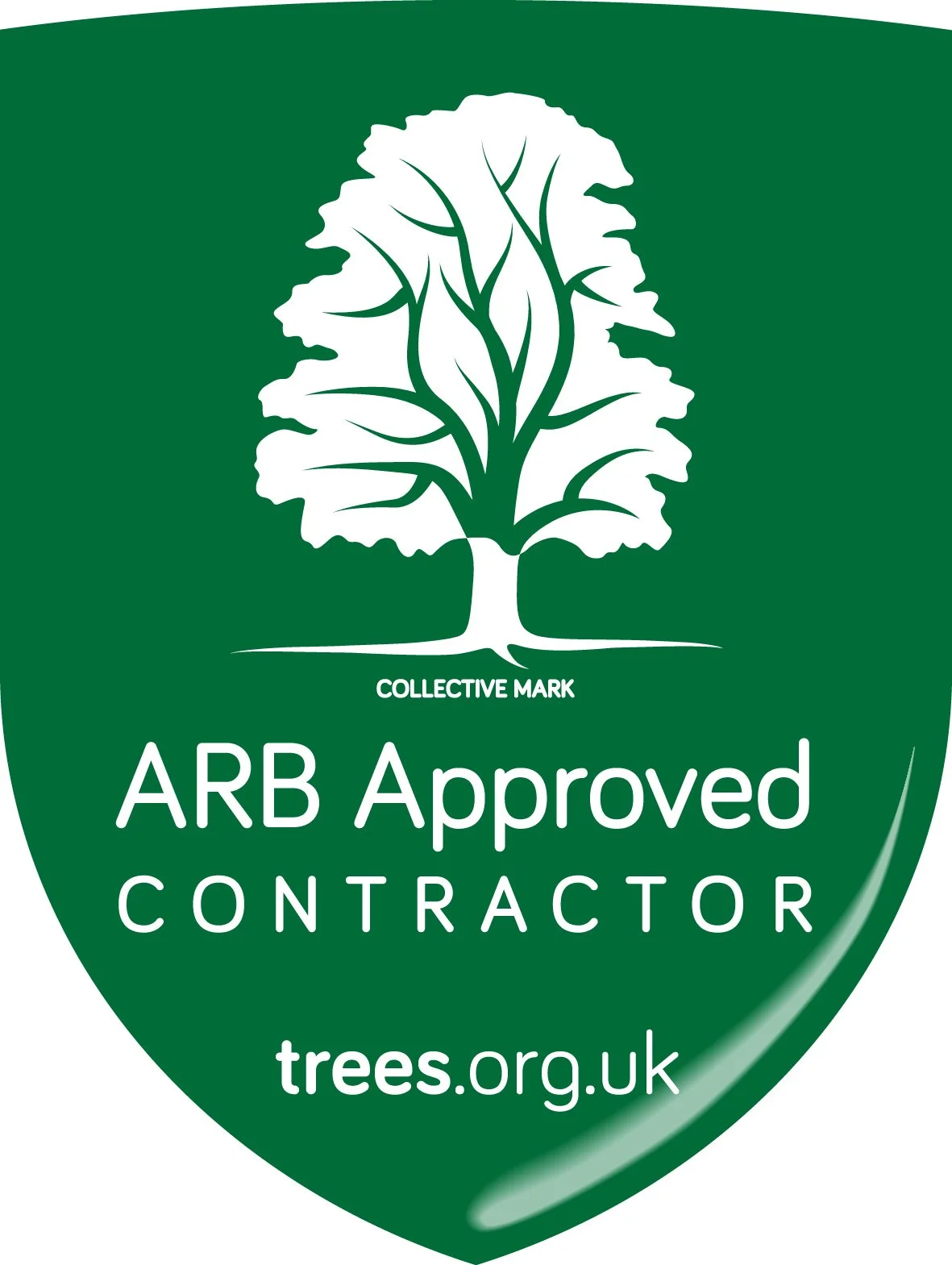Exeter is an ancient city. Having been home for centuries to a multitude of people and cultures it is no surprise that it contains a number of ancient, old and protected buildings and trees. An interesting conundrum recently presented itself to consultant Graham: an ancient listed wall, built in Exeter's local Heavitree Stone, had started to bow under pressure from the roots of a protected veteran Holm Oak, believed to have been planted at the same time the wall was constructed, at some point in the mid 1800s. Both tree and wall are important features of the local area, and are in fact the only remaining parts of the original building which was severely damaged by fire in the 1970s. Normally, if a tree is growing that close and causing damage to a structurally significant wall then the simplest solution is to fell the tree and/or rebuild the wall. However, in this situation we wanted to explore other options and to investigate the possibility of retaining the tree, if safe to do so.
The beginning of the Airspade excavation, showing the first layer of the old wall coming into view.
Following a visual inspection, the first step was to excavate between the wall and the tree to establish the extent and nature of its rooting and its effect on the wall. The soil level immediately between the wall and the tree was perhaps 0.5m higher than that further away from the tree, due to an accumulation of leaf litter and other organic debris. By carefully clearing away this soil layer it could be seen that a layer of opportunistic rooting had occurred here and that this rooting (which was of no significance to the health or stability of the tree) was growing directly against and pushing over the brick upper layer of the wall. These roots were carefully removed by hand. This then exposed the deeper layers of soil stretching down towards the base of the wall, perhaps up to 2m below the original soil level. The lower sections of the wall could then be seen to be built of massive stone blocks, much heavier (and stronger) than the upper, brick portion. Larger, more established roots could be seen growing against this stone portion.
The roots after their prune, with the curve of the wall also shown.
Graham and arborist Ben then attended the site with an Airspade in order to make a further, deeper examination. Airspades are extremely useful in cases such as these, as they work by clearing away the earth around the tree roots without actually causing any damage in the way a spade might. By utilising the airspade Graham and Ben were able to excavate down a further 0.5m or so, blasting away the compacted soil to expose a mass of rooting. This enabled them to carefully prune back some of the worst offending roots so as to relieve the pressure being exerted on the wall foundations. Although some rooting had to be left in-situ, these works should prevent any further damage occurring to the wall as a consequence of root activity for many decades and can become part of the ongoing maintenance of the tree itself.
Excavating using the Airspade can be quite exciting; rather like metal detecting, it can sometimes reveal buried treasure. In this case, much like Lance and Andy from the Detectorists, we only found a few beer cans and ring pulls!





